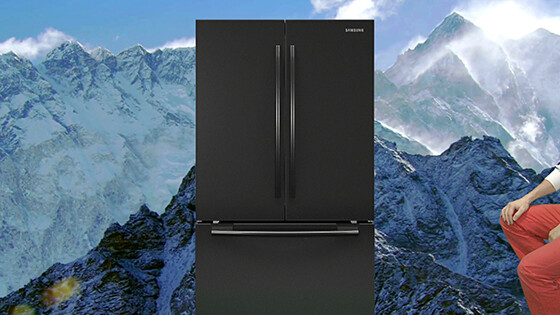February 20–May 8, 2016
Skeppsholmen
Exercisplan
SE-11149 Stockholm
Sweden
Hours: Wednesday–Sunday 10am–6pm,
Tuesday and Friday 10am–8pm
T +46 8 520 235 00
info@modernamuseet.se
Curators: Daniel Birnbaum, Carsten Höller, Jo Widoff
What does life consist of? This question is at the heart of Moderna Museet’s major group exhibition this spring. Despite countless attempts of scientists and philosophers, no one seems to have come up with a satisfactory definition, not even with the aid of today’s advanced theories on complex systems. On the contrary, the astounding potential of synthetic biology has, if anything, added to the sense of uncertainty. The exhibition Life Itself is an attempt to approach this question through art—if only to confront our inability to find satisfactory answers.
Anyone undertaking a study of the concept of “life” in our culture will soon find that life has no definition, writes the Italian philosopher Giorgio Agamben in L’aperto. L’uomo e l’animale (The Open: Man and Animal, 2002). Instead, this indeterminate thing—life itself—has been articulated and divided over and over again, through a series of oppositions that endow it with a purpose in science, philosophy and politics, without ever actually being defined as such. It seems increasingly clear that nothing is obvious when it comes to life itself.
“A starting point for the exhibition is the growing uncertainty about the boundaries of life. This bewilderment around the nature of life has only increased in our technologically altered environments, entirely permeated with artificial components behaving as though given by nature. As in the installation GreenScreenRefrigeratorAction, in which Mark Leckey gives voice to a ‘smart fridge,’ scrutinizing how the high-tech objects around us are ever more distinctly modelled on ourselves,” says Jo Widoff.
Many of the works in Life Itself are distinguished by a recurrent desire to delve more deeply into everything that surrounds us, revealing how that which is alive is perhaps not fully so—and vice versa. This prompts us to consider whether it is meaningful to make such distinctions in the first place. No doubt similar motivations can be found in some of today’s most speculative theoretical approaches, not least in those new forms of materialism that attempt to rid our thinking of the obsession with the historically overemphasized relationship between a perceiving subject and a known object. Instead, these theorists claim, we should explore other equally productive relationships between human and non-human agents—be they technical or biological.
Carsten Höller comments on the selected artists:
“Our choice of such disparate works from the last one hundred years was made with the purpose of exploring the potential of art to express the astonishment we feel when confronted with the question of what life really is. At the same time, we get a hint that the reason why we cannot grasp life is either because the methods at our disposal today (including art) are insufficient, or simply that we are not supposed to understand, since the consequences would be profound and deeply disturbing.”
The artists featured in the exhibition are: Giovanni Anselmo, Olga Balema, Hicham Berrada, Joseph Beuys, Karl Blossfeldt, Constantin Brancusi, Victor Brauner, Nina Canell, Lygia Clark, Trisha Donnelly, Monica Englund, Valia Fetisov, Dirk Fleischmann, Katharina Fritsch, Ernst Haeckel, Barbara Hauser, Tamara Henderson, Eva Hesse, Damien Hirst, Tehching Hsieh, Pierre Huyghe, Carsten Höller/Rosemarie Trockel, On Kawara, Josh Kline, Hilma af Klint, Edward Krasinski, Mark Leckey, Helen Marten, Henri Michaux, Barnett Newman, Otobong Nkanga, Katja Novitskova, Philippe Parreno, Giuseppe Penone, Leo Reis, Ulf Rollof, Rachel Rose, Anri Sala, Sebastian Stöhrer, Sturtevant, Paul Thek, Rosemarie Trockel, Rosemarie Trockel/Günter Weseler, and Christine Ödlund.



